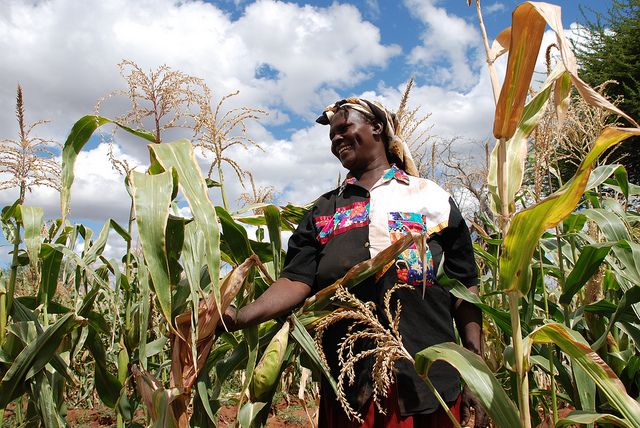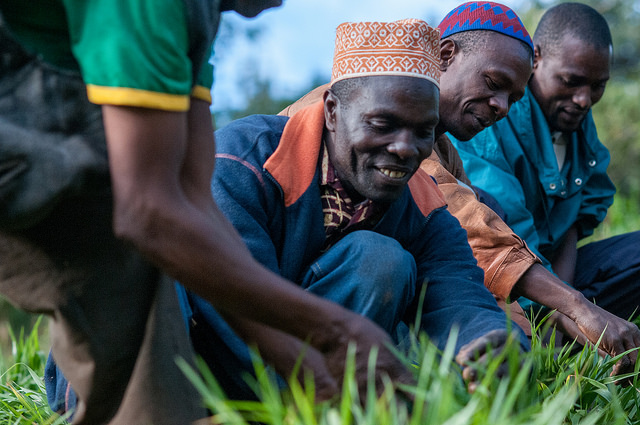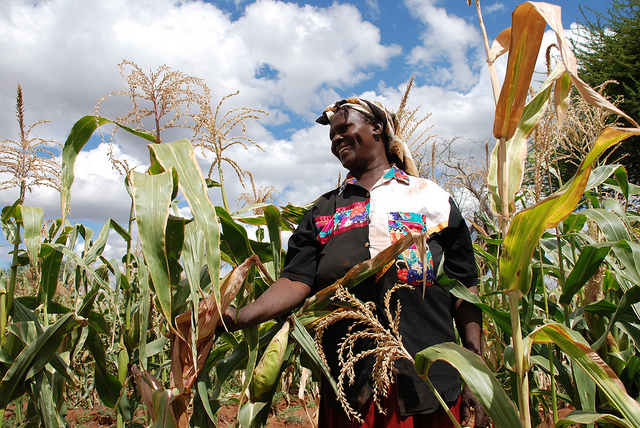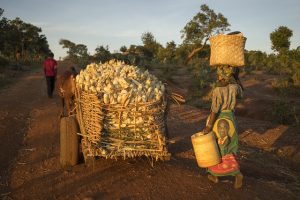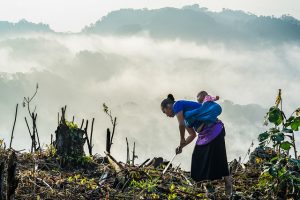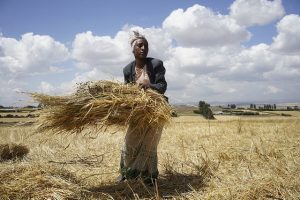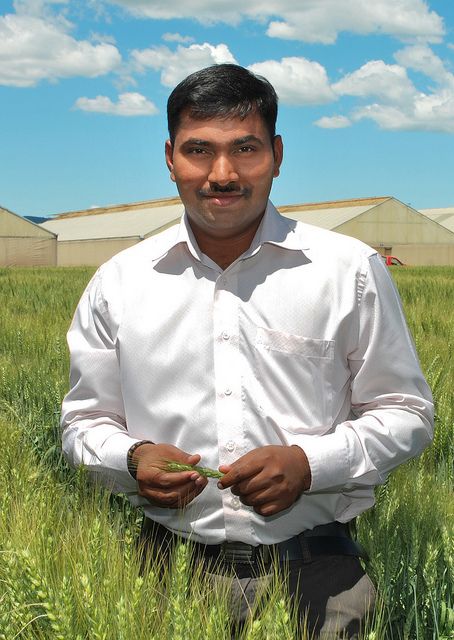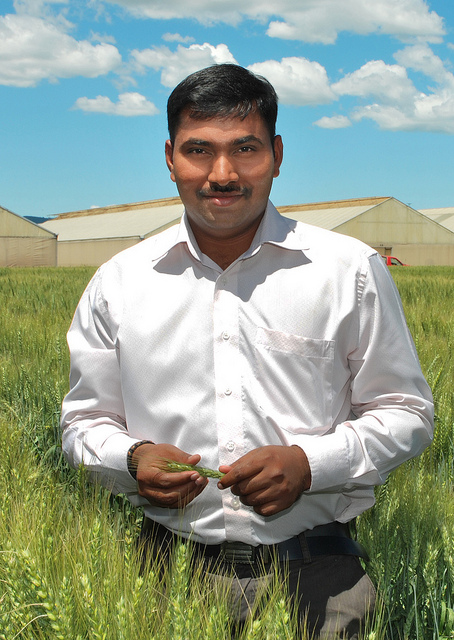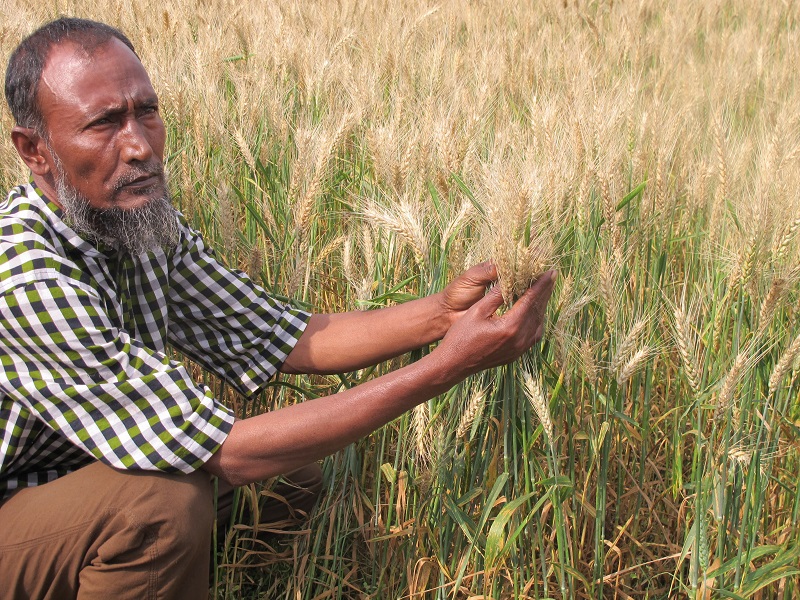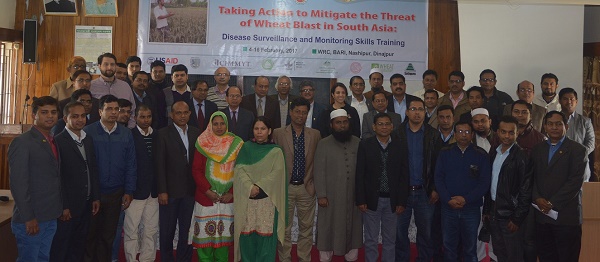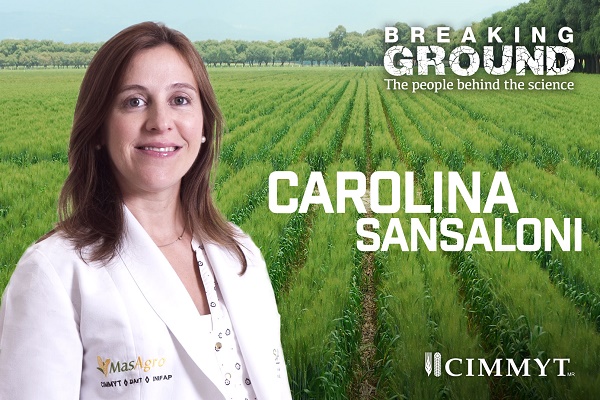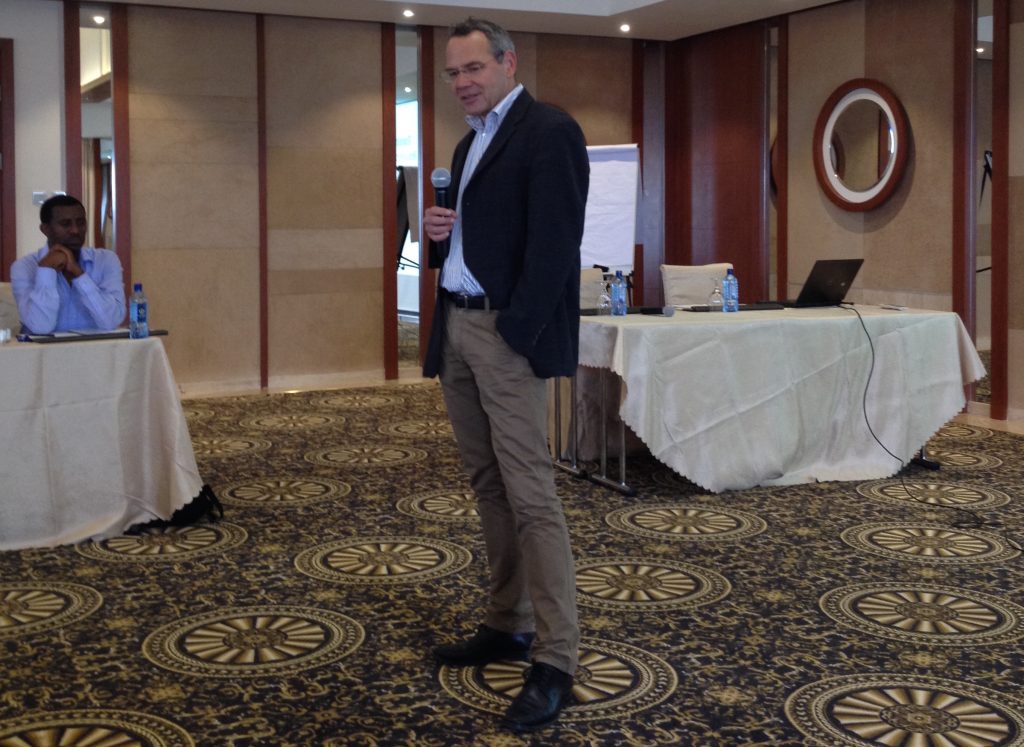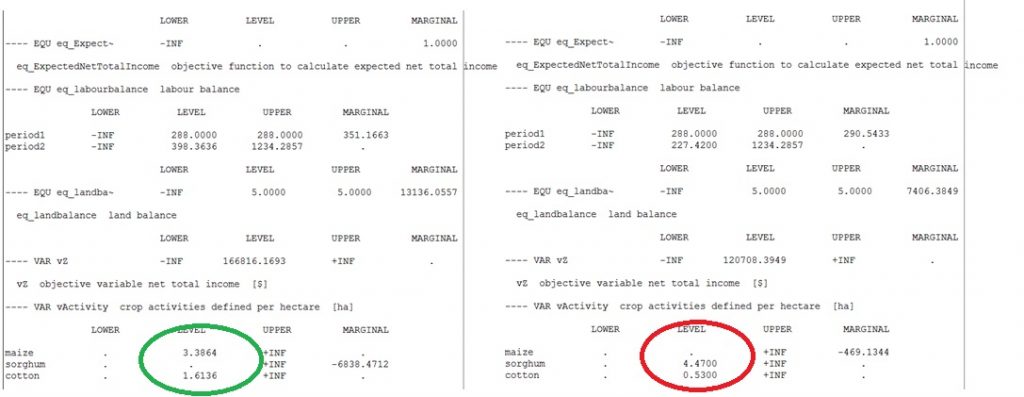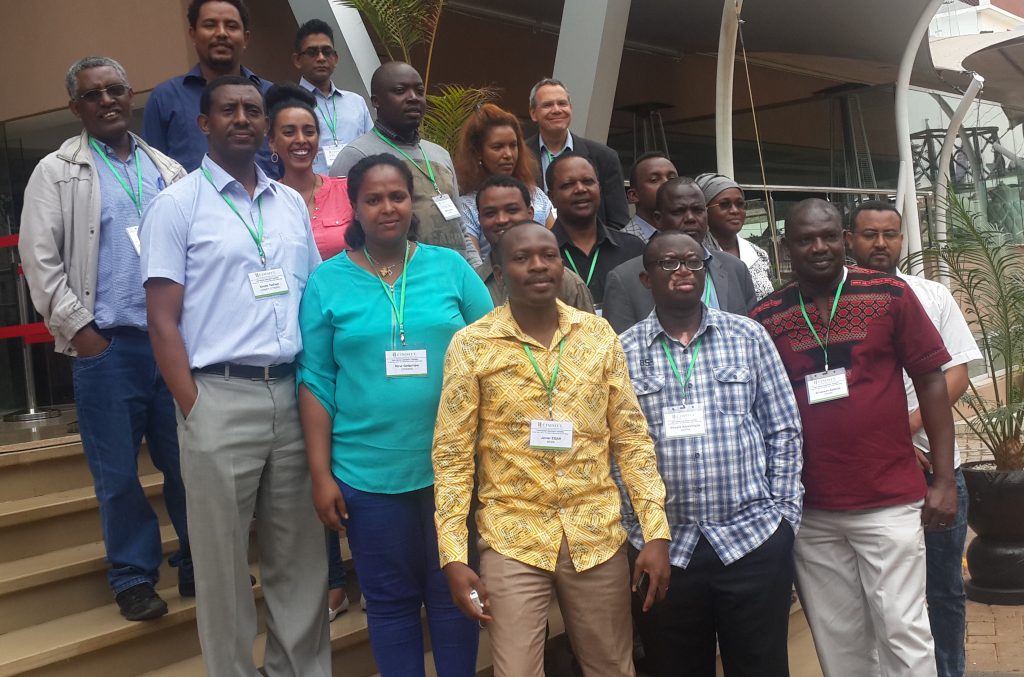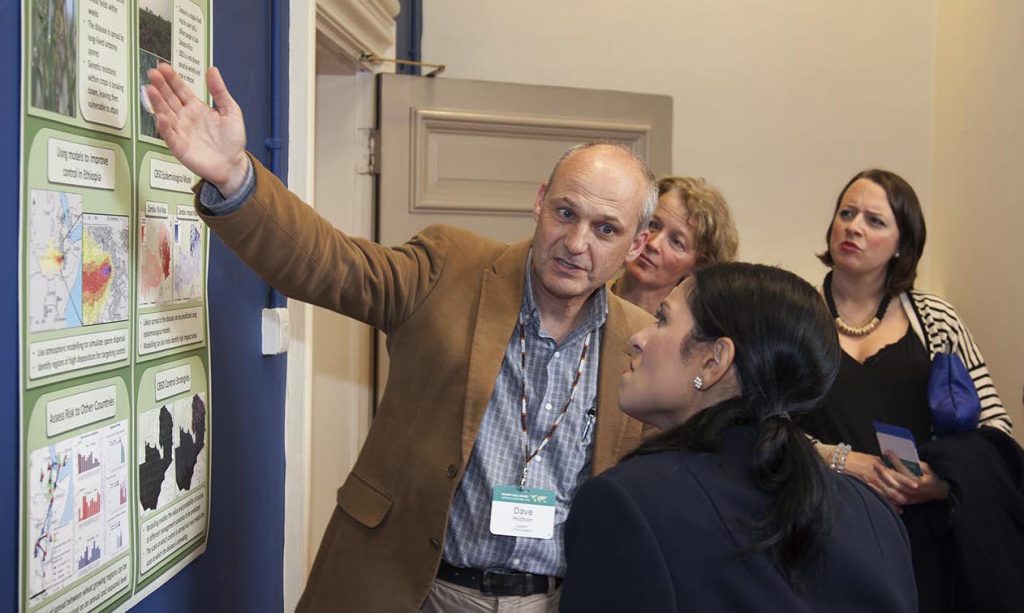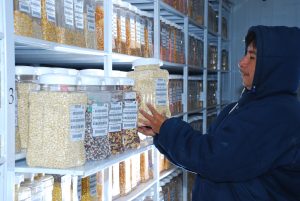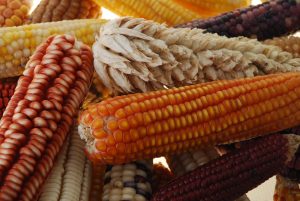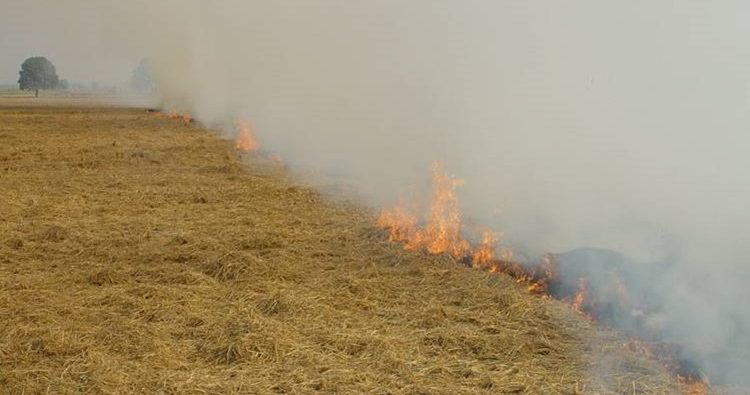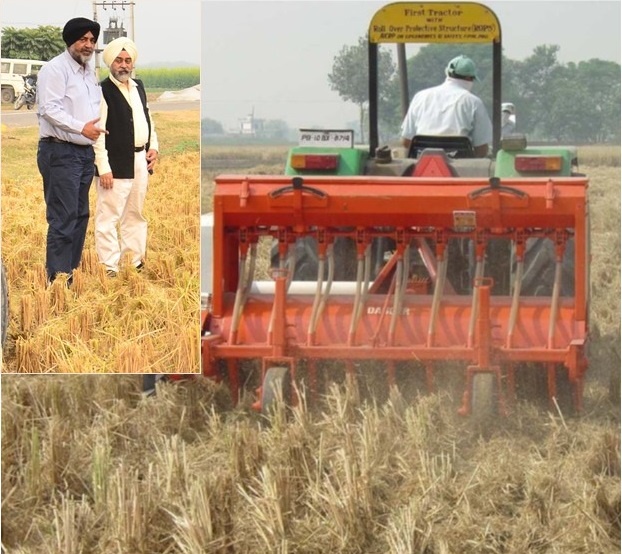Moving zinc-enriched wheat into the mainstream
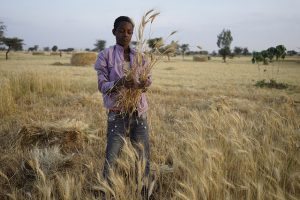
EL BATAN, Mexico (CIMMYT) – In an effort to stamp out hidden hunger, scientists are calling for support to make zinc-biofortification a core trait in the world’s largest wheat breeding program.
At least 2 billion people around the world suffer from micronutrient deficiency, or hidden hunger, which is characterized by iron-deficiency anemia, vitamin A and zinc deficiency.
Zinc deficiency remains a crucial health issue in sub-Saharan Africa and South Asia. As a key nutrient in red meat, it is prevalent in areas of high cereal and low animal food consumption.
It is vital in times of rapid human growth such as pregnancy, infancy and puberty. Compared to adults, children, adolescents as well as pregnant and lactating women have an increased need for zinc. Deficiency harms growth and development and can cause respiratory infections, diarrheal disease and a general weakening of the immune system.
One way to tackle hidden hunger is through biofortified crops, which have been bred to contain higher amounts of minerals and vitamins. These crops help to improve health in poor communities where other nutritional options are unavailable, limited or unaffordable.
As a key staple, wheat provides 20 percent of the world’s dietary energy and protein, therefore it’s an ideal vehicle for biofortification, said Velu Govindan, a wheat breeder at the International Maize and Wheat Improvement Center (CIMMYT).
CIMMYT scientists are calling for funds to make increased zinc grain content a core trait in its global wheat breeding program. CIMMYT-derived wheat cultivars have contributed to more than half of the wheat varieties grown in developing countries.
“In wheat breeding, including zinc as core trait – as done with high and stable yield, drought and heat tolerance and disease resistance – would have huge health benefits in South Asia and sub-Saharan Africa,” said Ravi Singh, who leads CIMMYT’s wheat improvement program. “Around 70 percent of the wheat varieties grown in these regions derive from CIMMYT breeding research.”
In the early 2000s, scientists conducted large-scale screening for high zinc content in traditional wheat and their wild relatives from CIMMYT’s wheat germplasm bank. The search was successful, revealing diverse genetic resources with traits that became the building blocks for zinc-enriched wheat.
CIMMYT initiated biofortification breeding in 2006 and four biofortified wheat varieties have been released in South Asia. Promotion of zinc-biofortified wheat varieties in India and Pakistan is in the early stages and further testing and scaling out to other countries like Bangladesh, Nepal, Afghanistan and Ethiopia is underway, the scientists confirmed.
Studies in India have shown that regular consumption of zinc-enriched wheat improves the overall health of women and children, said Govindan.
Extensive global presence of CIMMYT-derived varieties means that, once the program adds enhanced grain zinc levels as a core trait, many wheat farmers and consumers throughout the developing world will automatically reap the benefits of better nutrition.
However, increased funding is needed to make the jump to full inclusion of high zinc content, according to Hans Braun, director of CIMMYT’s Global Wheat Program and CGIAR’s research program on wheat.
“Each added trait in a breeding program requires a significant increase in the number of breeding lines grown and evaluated, adding significant costs” Braun said.
CIMMYT’s wheat breeding program is currently funded at around $15 million per annum. In 2016, it distributed 14.5 tons of seed of experimental wheat lines in more than 500,000 small envelopes to nearly 300 partners in 83 countries. Globally, this makes CIMMYT the most important wheat germplasm provider together with the International Center for Agricultural Research in the Dry Areas (ICARDA).
For more information on zinc-biofortified wheat visit this science brief.


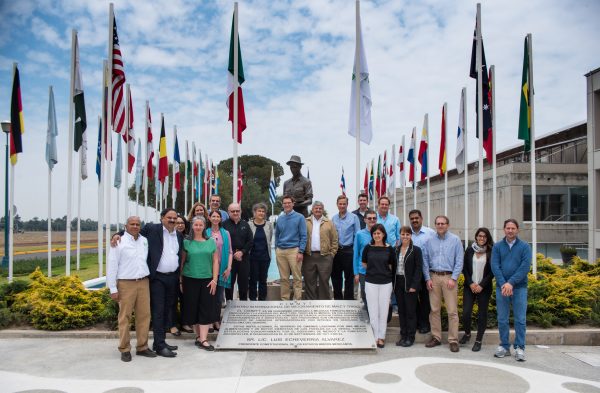
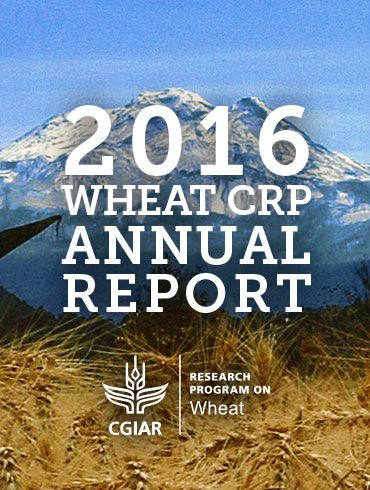
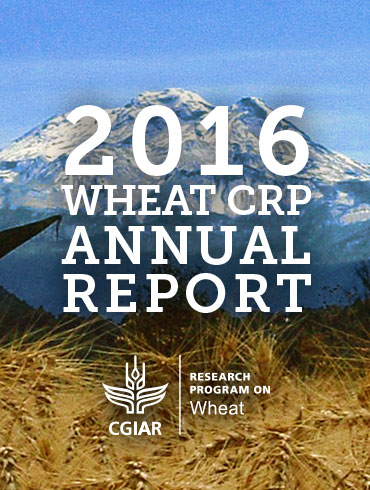 For 2017, WHEAT research outcomes benefited the poorest in remote areas in Afghanistan to get access to quality seed through collaboration with national research partners. In Ethiopia – emergency seed supply – as well as in India’s Bihar state and in Pakistan ensured food security for farmers who depend on the crop.
For 2017, WHEAT research outcomes benefited the poorest in remote areas in Afghanistan to get access to quality seed through collaboration with national research partners. In Ethiopia – emergency seed supply – as well as in India’s Bihar state and in Pakistan ensured food security for farmers who depend on the crop.